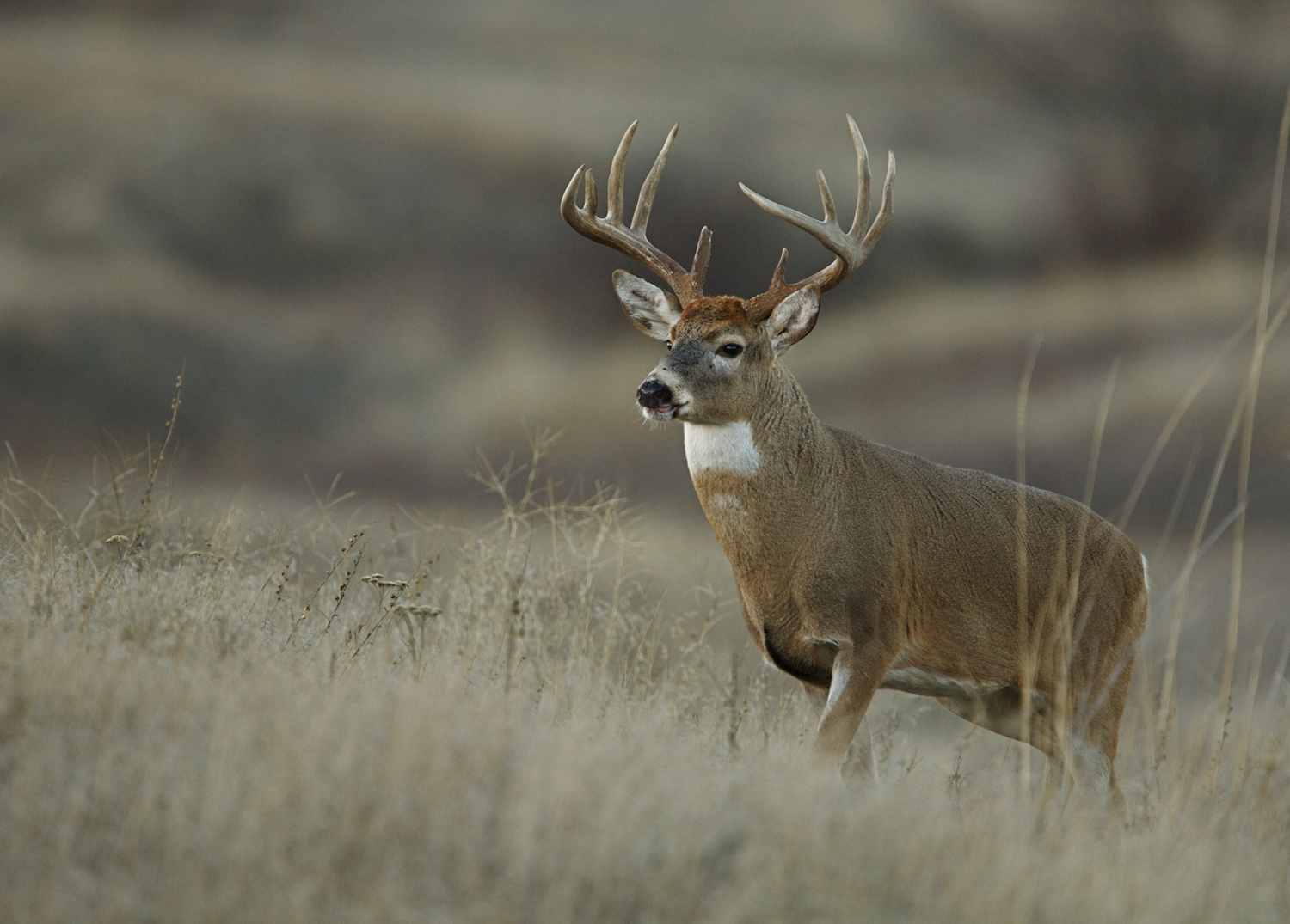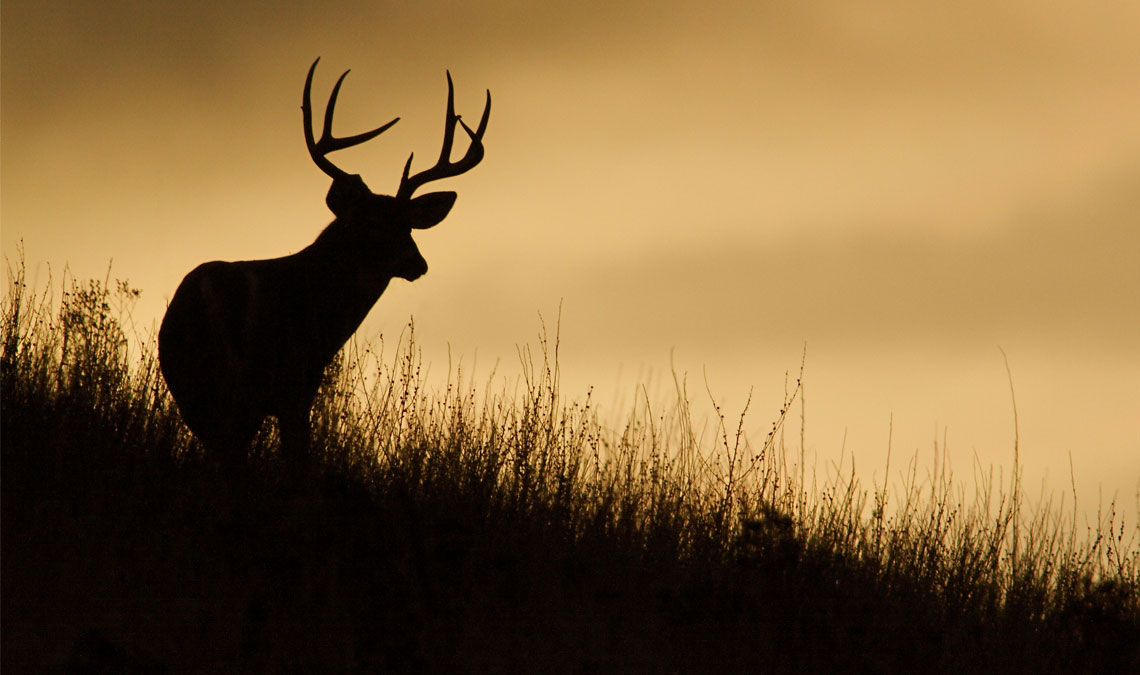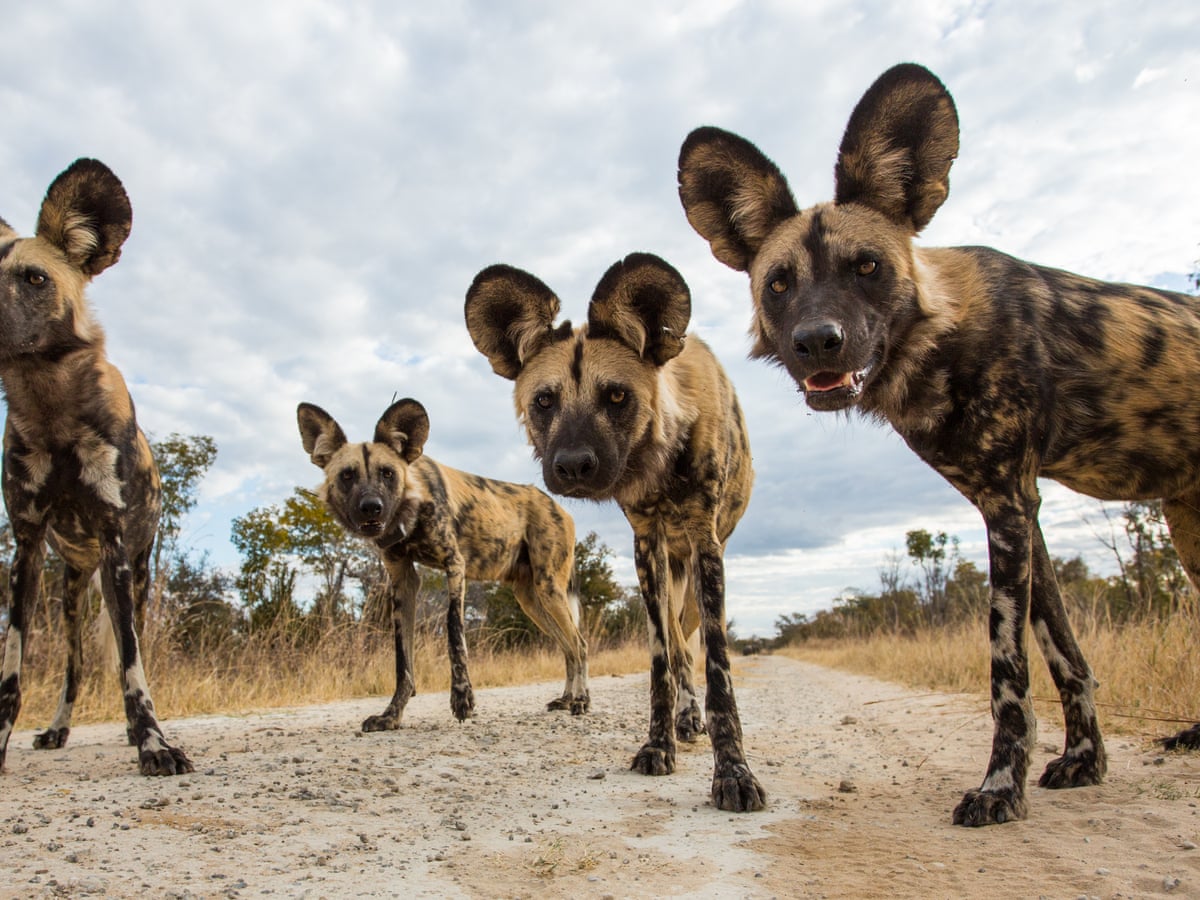
When it comes to Minnesota DNR hunting regulations, there are a variety of specific requirements that you should know. Here are the bag limits, requirements and party requirements. This article will also discuss the requirements for crossbow hunters. What are these requirements? How can you determine what they are? How do you comply? Read on to learn more!
Bag limits
In 2015, Minnesota changed the deer bag limit. They are now "bucks" only, and not "bucks with antlerless lottery". The old antlerless limit was unlimited. The change was made to increase harvest, control disease spread and address urban deer issues. It did raise some eyebrows among hunters. This new limit now allows for five deer per season. This is a reduction of the previous unlimited antlerless bag limit of ten.

The minimum requirements for a buck are at least three points on at most one antler
In 12 counties in the northwest Lower Peninsula, hunters must ensure a buck has at least three points on at leat one antler. Each point must be no less than one inch in length. The rules were implemented by the Natural Resources Commission in June. For the past 10 years, Leelanau County had antler point restrictions similar to those in Leelanau County. To be legal for muzzleloader mobility impaired hunting in Leelanau, a buck must have at least 3 points.
Requirements for crossbow hunters
Crossbow hunting can be done in Minnesota during firearms, muzzleloader, or archery seasons. However, legal restrictions apply to the use of this weapon. Crossbows are prohibited in state-owned, managed wildlife management areas and the Red Oak Unit during archery only bear season. Youths less than 15 years old may use crossbows to hunt deer. They are also allowed in the Red Oak Unit during archery-only bear season.
Requirements
Minnesota's hunting regulations are important to understand if you plan on hunting there. The DNR allows hunting in unprotected areas without requiring a license. Non-residents are allowed to hunt and trap on their land. Minnesota offers a small game hunting license. Minnesota hunting regulations define "taking" as the act of pursuing, shooting or aiding another person to take an animal. Possession is the possession of a game animal. It is also included under the definition of taking an animals.

Bears that have been tagged or are in the possession and custody of hunters
Before transporting bears, bear hunters must register them. Bear hunters must register their bears within 48 hours after harvest, whether they do so by phone or in person. The bears must be skinned and quartered. Any edible meat must also be submitted at registration. Hunters must submit bear tooth samples for monitoring bear populations.
FAQ
Why is it that only 1% of hunters kill deer annually, according to the U.S. Department of Agriculture.
The USDA estimates that about 6.5 million Americans hunt deer. Only about 2.2 Million actually shoot one.
This means only 0.6% of all hunters will kill a deer each and every year.
Which state has the highest number of deer hunters?
Wyoming is home to the largest number of deer hunters in the country. It also sells the largest number of hunting licences each year.
South Dakota is home to the second-most deer hunter state. It is ranked third for the annual number of hunting permits sold.
The state with the fewest deer hunters is New Hampshire. It ranks last for the number of hunting permits per capita.
What is the most important thing about hunting animals?
How do you get there? The first step is to learn how to shoot accurately. Then we must learn to hit our target. Finally, you must be able to make changes if you fail.
It is essential to know the basics of hunting. If you don't know what you're doing, then you'll never improve. It might seem like you have improved because of your better shots. But if it wasn't so, those shots won’t make any difference. The same applies to hitting targets. It's impossible to understand why you're not hitting your targets. It is important to understand your goals.
This is where knowledge comes into play. Understanding the animal you are hunting will determine your ability to hunt it. While out in the natural world, it is important that you learn everything you can about any animal you encounter. It is important to understand their habits, behaviors, and personalities. This way, you can plan your hunts so they go smoothly and efficiently.
It is important to always learn from other people who have achieved success in the past. There are many books available on this topic. In addition, there are websites like www.thehuntingzone.com that offer great tips and advice. You can also find people with years worth of experience. They will be able to help you understand what works and not.
It's time for you to practice once you've learned all that you can. Practice makes perfect. Practice is not enough. Instead, you should practice to become confident. Confidence allows one to relax and enjoy each step. Relaxation allows you to focus on the task at hand. Concentration is key to maximizing every opportunity. Opportunities will only appear if you are calm and focused.
You're now ready to test your new skills. Don't fret if you fail. Keep practicing and improving. You will eventually achieve success.
What are the advantages of hunting?
Hunting is a long-standing tradition that has been practiced in many cultures. It was used for food and shelter as well as tools and medicine. People hunt today for sport and recreation, as well as for food and entertainment. The meat of hunted animals is typically eaten within minutes after they are killed, while skin, hair, feathers, bones and antlers can be sold as trophies.
Hunting is not just a way to eat; it's a way to live.
Hunting is a sport that builds strong bonds between family members and friends. They share stories and experiences at campfires, and over meals.
The outdoors and wildlife are what hunters love, which makes them more aware of the beauty of life.
When they look after game animals, they are taught responsibility and respect.
Conservation helps hunters be better citizens. They protect habitats as well as species. They understand how much land and water we need to survive.
Hunters are part of a community. Their families depend on them. They help each other. They support local businesses.
Hunters are known for their generosity. Many hunters give money to help veterans and the elderly.
Hunters have the option to volunteer their time to help others in need. They could volunteer with the Red Cross, Humane Society or Humane Society.
How much does it cost to hunt?
Hunting trips can be expensive depending on where you live, what type of wildlife is being targeted, and how big the animal that you are hunting.
A two-person hunting party costs between $500 and $1,000 on average. This includes lodging, food and gas.
Certain areas may have higher prices than other. Hunting during peak seasons such as the fall turkey and spring turkey seasons will result in higher prices.
Statistics
- Indiana, for example, saw a 28% jump in turkey license sales during the first week of the season. (stacker.com)
- In less than 20 years, Rhode Island saw a 40% drop in the number of hunting licenses for residents, according to The Valley Breeze. (stacker.com)
- Thanks to the 1937 Pittman-Robertson Act, an 11% excise tax was placed on the sale of firearms, which were then used for conservation. (stacker.com)
- According to the Wildlife Restoration Act, passed in 1937, most of the state conservation efforts are funded through hunting and fishing license sales and firearms sales. (stacker.com)
External Links
How To
How to build a Deer Blind
A deer blind can be used as a hunting device to conceal game animals like deer and elk. It is usually made from wood or canvas and covered with branches or leaves. The hunter will hide inside the enclosure while he waits for his animal to pass. For hunting at night, deer blinds are often used.
There are many sizes and shapes of deer blinds. Some are portable and others are permanent. They are constructed of materials such as plywood and cardboard.
Box blinds, also known as box stands, are the most popular type of deer blinds. They consist of a wooden container with a roof and walls. Because they are simple to build and easy to transport, boxes are extremely popular.
Another type of deer blind is a tree stand. Tree stands are designed to look natural so that no one would suspect they were there. Most tree stands are permanently attached with trees.
Other types include ground blinds, which are similar to tree stands except they are built into the ground. Ground blinds are usually camouflaged in dirt, rocks or sand. Ground blinds are also known as "groundboxes".
There are several different ways to hunt with a deer blind. Another way to hunt with a deer blind is to simply wait for it to approach. Moving around can be used to scare the animal off. If this is your preferred method, keep quiet and don’t move too often. This could cause the animal to believe you are a predator and make them run.
The first step in using a deer-blind is to choose a location. The best place to use a deer blind is one where the wind will not blow your scent towards it. Also, avoid areas where people hike frequently.
Also, ensure you understand how to set up a deer blind. The last thing you want is for the animal see you and run.